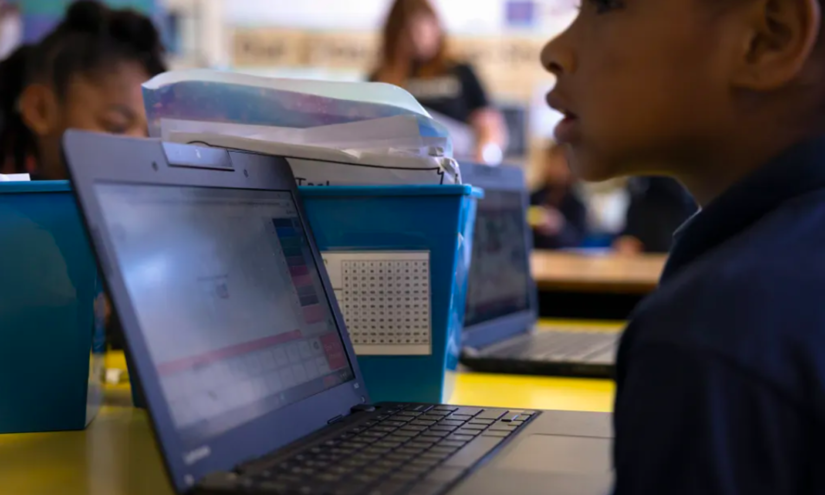During this summer, a team of students from MIT embarked on a journey to the sou …
California Schools Introduce Mandatory Subject Focusing on Identifying Fake News
Emma Wordsmith

California is taking a stand against the surge of misinformation online by mandating that all K-12 students learn media literacy skills. The new law, signed by Gov. Gavin Newsom, will gradually incorporate media literacy into existing classes and lessons throughout the school year, starting next year. Assemblymember Marc Berman, the bill’s sponsor, emphasized the importance of equipping young people with the skills to recognize fake news and navigate the digital landscape.
According to a Pew Research Center survey, adults under 30 are nearly as likely to believe information from social media as they are from national news outlets. This growing public distrust in the media, especially among young people, underscores the need for media literacy education. Teaching students how to discern reliable news sources and understand the role of media in a democracy can help combat the proliferation of misinformation and conspiracy theories.
AB 873, the new law in California, received near-unanimous support in the Legislature. It aligns with the efforts of other states, such as Texas, New Jersey, and Delaware, to implement media literacy laws in K-12 schools. However, the law falls short of Media Literacy Now’s recommendations, as it lacks provisions for teacher training, an advisory committee, input from librarians, surveys, and monitoring of effectiveness.
Although the law does not include these features, its simplicity facilitated its quick passage. Assemblymember Berman emphasized the urgency of implementing media literacy education as soon as possible, even without these additional provisions. The law will go into effect on January 1, 2024, and teachers are encouraged to start incorporating media literacy into their teaching now.
Media literacy has been a priority for some teachers even before the passage of this law. Educators like Merek Chang and Jennifer Ormsby have been incorporating media literacy skills into their lesson plans for years. By teaching students how to critically evaluate online information and even create their own media, these teachers empower their students to navigate the digital landscape and make informed decisions.
While the new law refers to the Modern School Library Standards for media literacy guidelines, some advocates, including librarians like Jennifer Ormsby, want to see librarians more actively involved and the curriculum implemented immediately. However, considering the numerous existing state mandates, the gradual implementation of the law was a deliberate choice.
Student-led advocacy groups, like Generation Up, hope that local school boards will prioritize media literacy education by providing training for teachers and promptly integrating it into classrooms. The goal is to address the polarization that misinformation contributes to and promote critical thinking among students.
In San Francisco Unified, teachers are already incorporating media literacy into their curriculum, particularly in elementary schools. Ricardo Elizalde, a teacher on special assignment, trains elementary teachers in media literacy and encourages students to create their own media. He believes that media literacy is an essential part of being literate and that teaching children to think critically about what they consume is vital.


